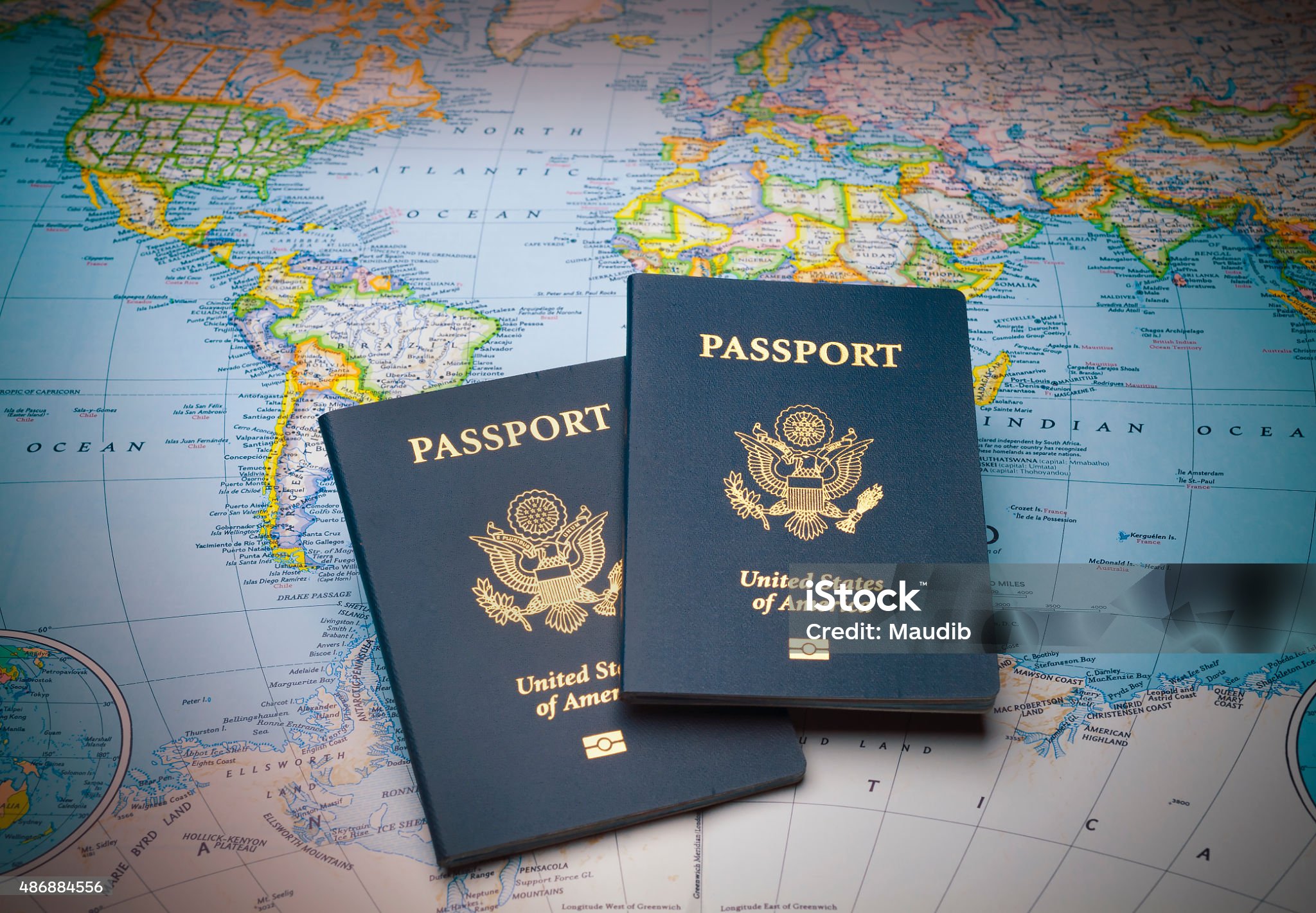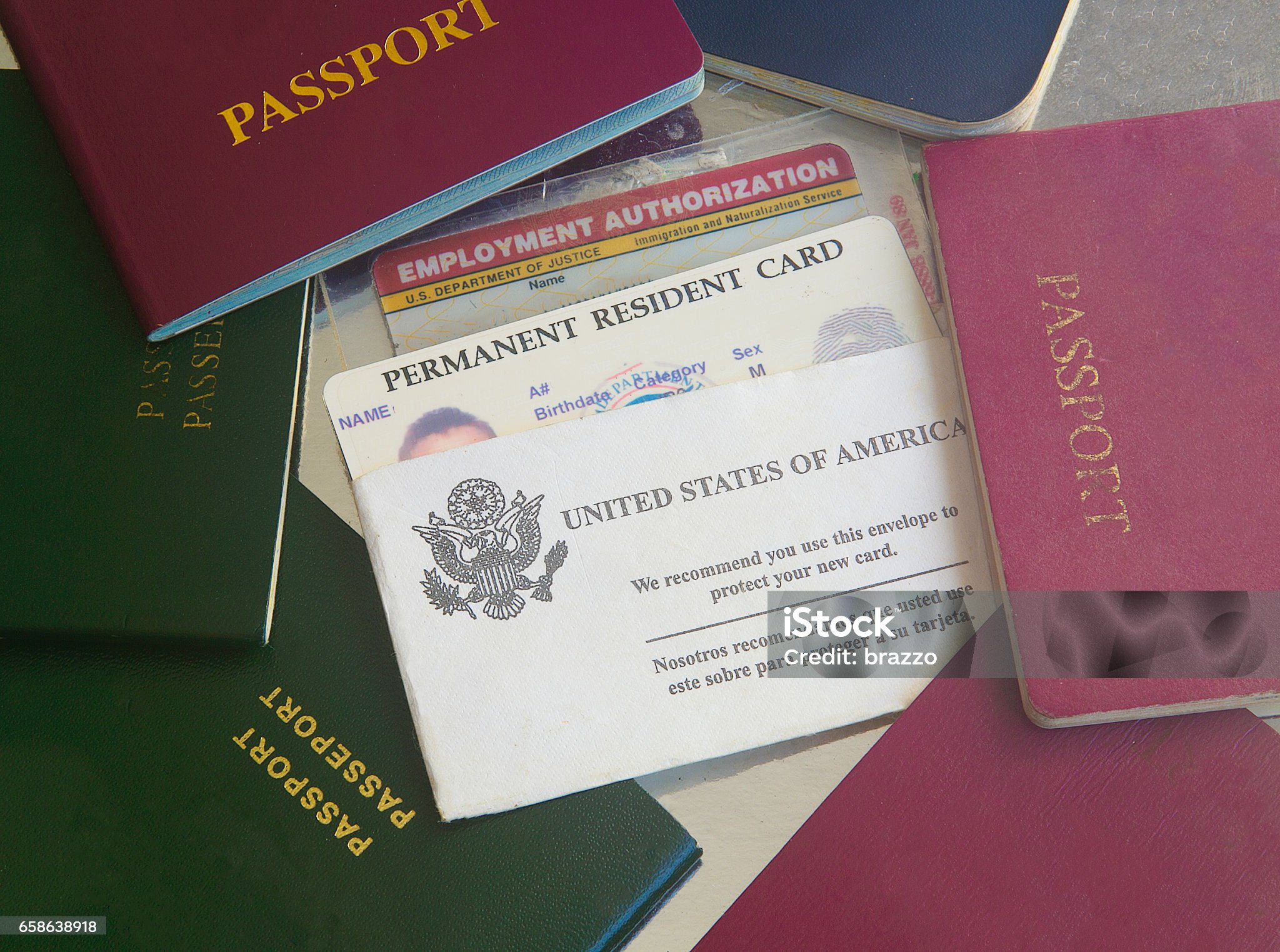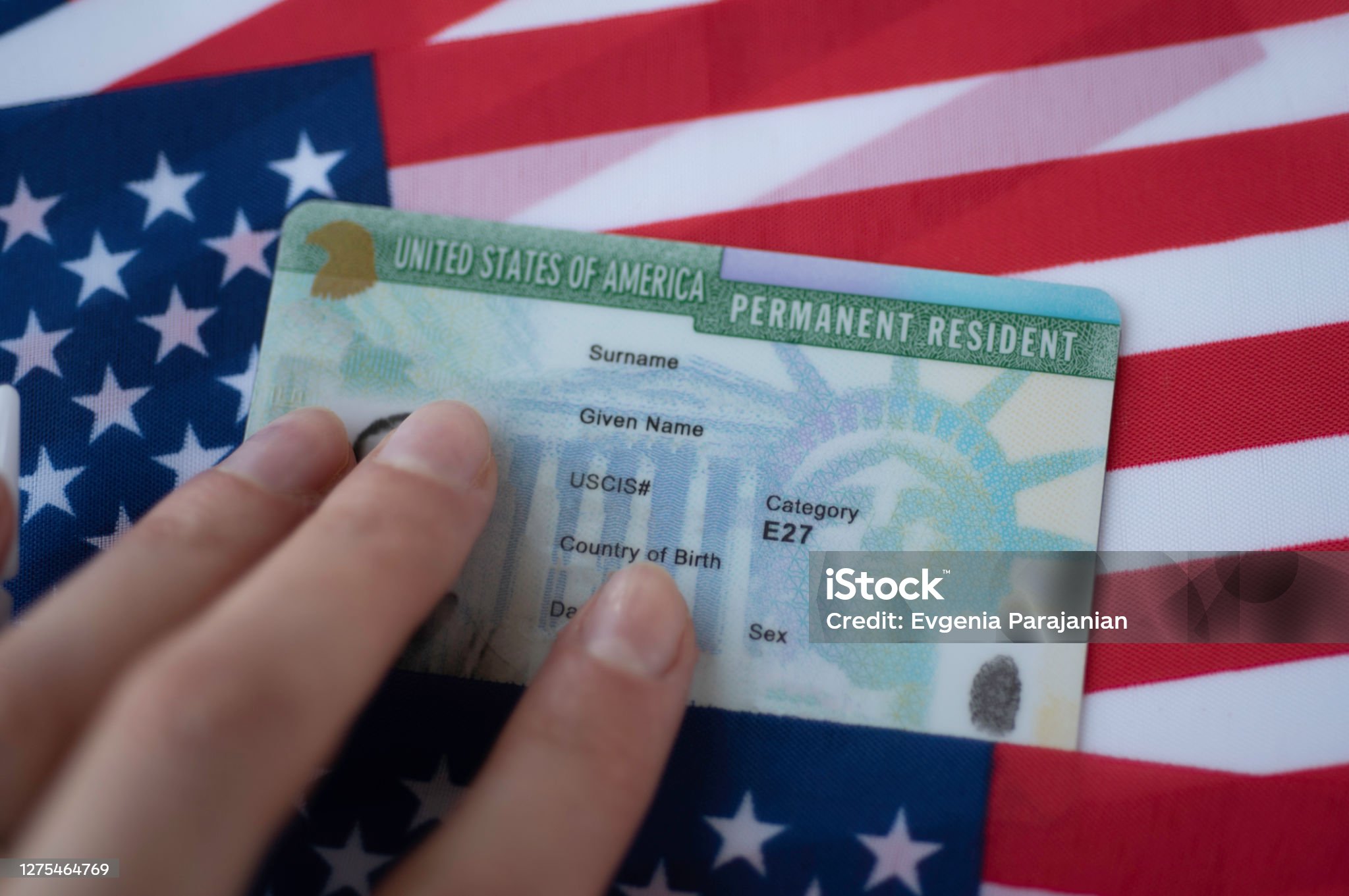A Detailed Guide on Real ID and Their Verification Standards
A Detailed Guide on Real ID and Their Verification Standards
Blog Article

1. Introduction to Personal Identification Documents
Personal identification documents hold great importance from both personal and social perspectives. They act as "permissions" and "access passes," allowing society to operate seamlessly when they are widely accessible and recognized. There are different kinds of identification documents, and each of them signifies a particular aspect. For example, a copyright serves as proof that a person can legally drive, and a copyright proves citizenship and allows entry into the country. Such documents serve a vital personal function and are essential when handling contracts, such as for employment, services, insurance, or rentals. Many times, financial institutions might wish to view such documentation if the borrower appears unreliable or does not have a very strong credit history. Such identification serves dual purposes: proof of identity and legal authorization for various activities.
Identification documents weren't always as integral to daily life as they are in modern times. Their significance has evolved with the changing legal and security landscapes. Technological advancements enable organizations to develop advanced secure systems that outpace public ID technology. Numerous nations are transitioning to biometric-based standards for national IDs. A few countries have implemented electronic exit strategies.
A person's identification documents serve as a formal confirmation of their legal standing. Globally recognized identification forms, such as passports, copyright, copyright, and driver's licenses, are considered valid at both national and international levels. People often securely store their critical identification documents so that they can retrieve them easily when necessary.
In this discussion, we delve into the legitimacy and importance of documents such as the IDP, Real ID, copyright, copyright, copyright, and resident permits, aiming to enhance public awareness of their necessity. Educational staff and the general public need to be informed about these documents, and this knowledge could help prevent their loss or aid in their recovery. The content here is directed at both domestic and international audiences, aiming to ensure they possess the vital documents necessary for their knowledge and ideals.
2. Laws and Regulations Pertaining to Identification Documents
Identification documents fall under different laws and regulations depending on the jurisdiction. Documents are issued directly to individuals by an issuing authority and under specific guidelines and rules intended to keep the integrity and accuracy of the document. These documents can be compulsory in some cases and allowed as verification and/or validation in others. The individual must comply with the regulations for the jurisdiction where the document is intended to be used. In summary, it is important for individuals to understand the local or specific legal requirements that apply to them in any jurisdiction where they expect or plan to carry out any transaction or to use such documents. For the most part, state or local government agencies are responsible for issuing, regulating, and limiting specific documents for designated transactions.
However, jurisdictional identification requirements can sometimes create conflicts for those traveling or doing business internationally. Thus, it is a widespread issue when travelers struggle with unfamiliar identification regulations across countries. It would be impossible to detail every country’s specific identification rules here, but it is important to know, today and in the future, with nearly 200 countries bordering this globe and some 7 billion inhabitants who are traveling, trading, and doing business with each other. By not following the rules, individuals could violate another country's laws, and that is where the rules of reciprocity and international legality come into play. Failure to comply could cause legal implications, both civil and criminal, by infringing on laws about identity, privacy, commerce, trade, and human rights.
The balancing of public policies with protected rights can be complicated when establishing security standards for identification in travel. That is, human rights can be at odds with public policies that demand strict identification measures to prevent terrorism. Finally, within the last five years, with the rise and acceptance of digital mobile driver's licenses, countries have been clarifying or drafting new laws and regulations to govern their use, which remains an evolving area. The next frontier for global travel is believed to be the use of digital identification for global travel. Despite the shift towards mobile driver’s licenses, there will still be a requirement for passports for a significant period of time. 
Both the standardization and evolution of digital IDs and mobile driver licenses are continuing to develop. Take California as an example: roughly two years after the state passed its mobile copyright legislation, stakeholders are nearing agreement on the formal regulations for California's first mobile copyright.
3. Comparative Study of International Driver’s License, Real ID, copyright, copyright, copyright, and Resident Permit
The International Driver’s License is a document issued for people traveling internationally to drive legally. The International Driver’s License was never developed by the UN or international organizations as a travel facilitation tool between countries.
The Real ID is intended to be a widely accepted identification for domestic travel, along with state-issued driver’s licenses and IDs that meet federal standards. The Real ID can also be used for entry to federal facilities and nuclear power plants. It is important to note that the Real ID is not designed as a travel document, nor does it serve as a copyright, visa, or residency permit. Even though some individuals could use it overseas for identification or birth date verification, its main function is for domestic use.
More specifically, passports in the U.S. are considered a primary form of identification, not a derived one. A copyright is primarily used as a tool of foreign diplomacy; it was made to protect citizens from arrest or to help them travel and attend non-obligatory meetings to negotiate treaties or other matters of common concern. This is the copyright’s official and administrative purpose. Of course, the copyright has bureaucratic as well as personal applications. To travel internationally, or even regionally in some cases, travelers must not only possess a copyright but also adhere to various other regulations.
The copyright is a record issued at the time of birth and is used as a means to obtain a copyright and other forms of identification. When comparing the two, copyright and passports may seem to have the same general function. That said, a copyright carries additional long-term benefits. Additionally, while a copyright is used to acquire a copyright, it does not result in a “second copyright”. A copyright is irrelevant to obtaining a second copyright unless it involves taking on an illegal nationality.
4. Anti-Fraud Mechanisms and Security Features in Identification Documents
Several security measures are employed to safeguard against fraud, counterfeiting, and unauthorized tampering of identification documents. Many identification documents utilize features such as holograms, multi-layered images, and laser engravings for enhanced security. Some ID cards are embedded with RFID chips holding biometric data and digital imagery to prevent misuse.
A number of these security components remain covert or semi-covert, including elements like special inks, watermarks, or microscopic text. Such security features are designed to make identification documents highly resistant to counterfeiting. 
Typically, the security level of an identification document needs to match the trust or authority level it represents. For instance, a copyright doesn’t need the same high-level security features as a copyright, which is primarily used for international travel.
Technological progress has resulted in more sophisticated security features for identification documents. Actively promoting and adopting new security technologies is crucial to staying ahead of those attempting to copyright or commit fraud with ID documents.
Moreover, it is also important to continually evaluate existing and potential copyright security features and issuance methods. This ensures that they keep pace with the ever-changing threats and advances that could compromise the security of the document.
A robust anti-fraud security system must focus on both proactive and reactive approaches to prevent fraud. Proactive measures can include workshops, public service announcements, educational outreach, and security conferences.
5. Final Thoughts and Emerging Trends in Identification Document Technology
This article explores the wide range of identification documents used globally. It is important to see ID not only from the point of view of the technical level (multiple security features, function to verify, government and issuance bodies that could verify, etc.), but also from a legal regulatory point of view that would show the verification in courts where the document was used.
Research indicates that opinions on the quality of identification documents and their verification worth differ depending on the context of use. Additionally, ethnography could illustrate how varying cultural perspectives influence the concept of an ideal identification document. Comparative work also provides insight into how the legitimacy of identification documents can vary even in countries with similar political, social, and economic systems.
The future of identification documents is undergoing significant change, driven by advances in digital technology. Technology is continuously boosting the CV and service offering of standard secure documents such as eIDs to follow the adoption of mobile phones. The main landmarks in this new convergence are biometrics and blockchain used as distributed ledgers.
The use of biometrics, particularly with “liveness” detection, will ensure accurate identity verification through real-time data collection, eliminating the risk of digital identity theft. This technology could transcend the scope of basic human rights as defined by international laws and constitutions. This access must remain as private as possible and the subject of consent.
The spread of digital identity can also lead to issues related to exclusion. Not everyone is able to easily obtain a digital identity. A so-called “identity gap” has emerged due to technological advances, which lead to unequal levels of access to identity verification across different parts of society.
Digital identity systems need to be systematically compared to traditional, physical identification documents. Besides verifying identities, these systems are used to assess risk in various transactional contexts. There should be more systematic research to see how guaranteeing the “offline” verification rights can be applicable to this new identification context.